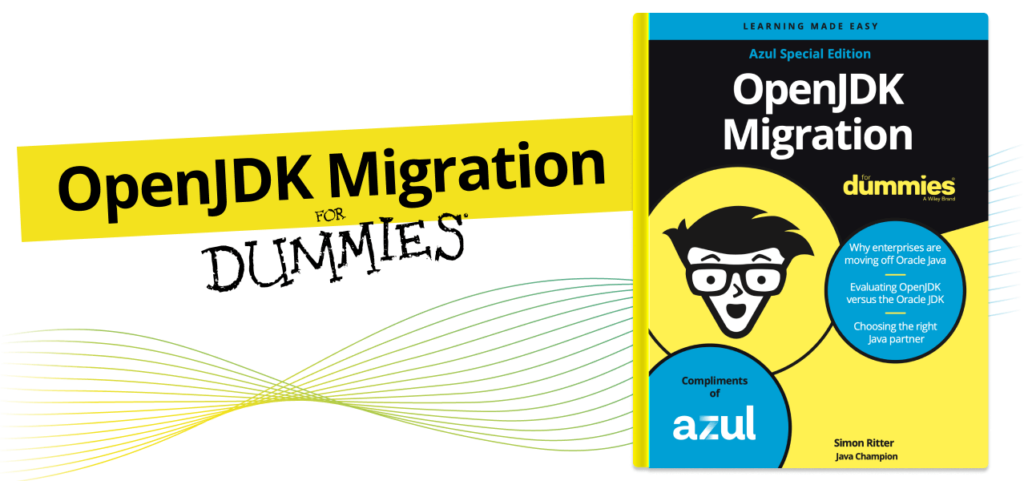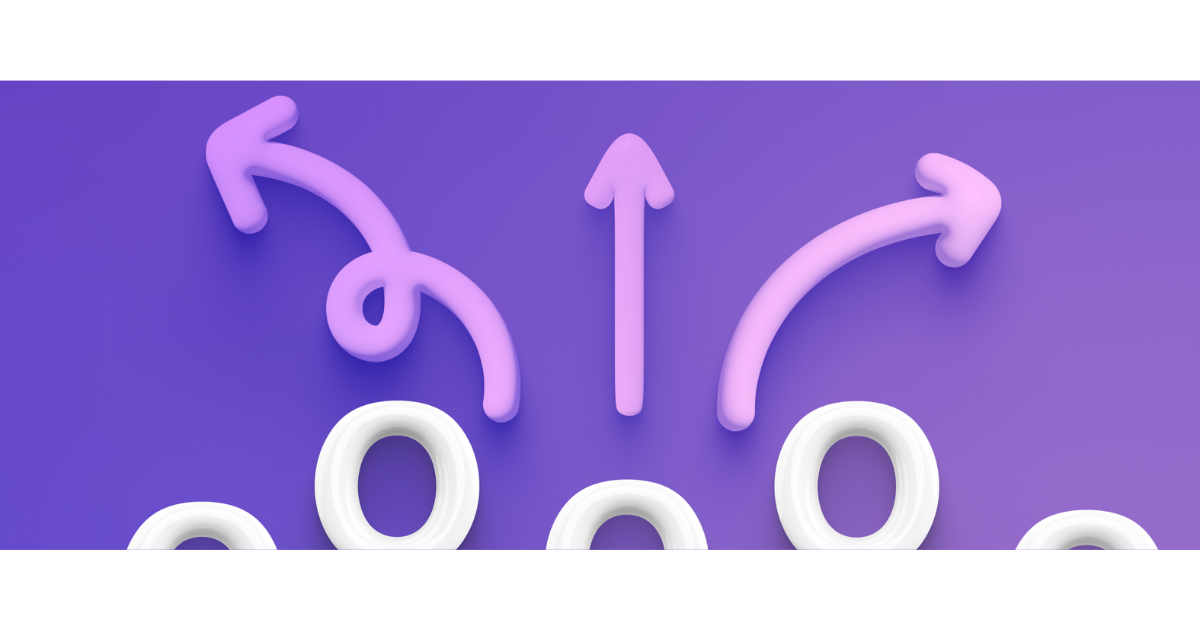
Released in September 2021, Java 17 quickly set the record for the fastest adoption of a new Java version ever. By 2023, 9% of applications monitored by New Relic were using Java 17 in production.
The broad range of tools, libraries, and frameworks that supported Java 17 contributed to its rapid adoption, as did new features and enhancements. Java 17 was also an “LTS” version of Java, which meant that Oracle offered “long-term support” — five years of paid premier support and an additional three years of extended support.
LTS versions of Oracle Java also have the additional benefit of being free for approximately three years. Released under the “No Fee Terms & Conditions” license, they can be used freely by all users, including users who want to use the Oracle JDK in commercial production environments, until a year after the next LTS version is released. At that point, the license switches to the more restrictive “Oracle Technology Network License Agreement,” and companies who use the free version in commercial production environments must pay for a Java SE Universal license.
Java 17 is free today but will no longer be free in mid-September if you are using the Oracle Java distribution. And many companies, perhaps even yours, are not prepared for the cost of a Java SE subscription.
Oracle prices Java SE Universal subscriptions according to an employee-count metric. Customers are charged based on the number of employees in their organization, including full-time, part-time, and temporary employees, as well as the full-time, part-time, and temporary agents, contractors, consultants, and outsourcers who support their internal business operations.
The pricing schedule is as follows:
| Employees | Cost Per Employee |
|---|---|
| 1-999 | $15.00 |
| 1,000-2,999 | $12.00 |
| 3,000-9,999 | $10.50 |
| 10,000-19,999 | $8.25 |
| 20,000-29,999 | $6.75 |
| 30,000-39,999 | $5.70 |
| 40,000-49,999 | $5.25 |
| 50,000+ | Custom pricing |
A company with 10,000 employees using Oracle JDK 17 for three applications running in production will incur a license liability to Oracle of $990,000 starting in mid-September.
10,000 (employees) x $8.25 x 12 (month) = $990,000
Will all companies who use JDK 17 have to pay these fees?
Companies that obtain Java 17 from other providers, such as Eclipse Temurin or Azul, will not face any licensing or pricing change. Free versions will continue to be free, and paid support subscriptions, such as those offered by Azul Platform Core, will continue under existing pricing models. For example, Azul Platform Core, which supports Azul Zulu JDKs and Eclipse Temurin JDKs, is priced according to usage and is typically at least 70% less expensive than Oracle Java SE.

Migrating from one JDK distribution to another is often easier than expected — provided both distributions have passed the Technology Compatibility Kit suite of tests. TCK tests, as they are called, prove a distribution conforms to the specifications of the Java SE standard. Distributions that pass all the tests for a particular version — typically more than 100,000 tests — are functionally equivalent and can be swapped for each other, literally by changing the pointer in an application. Azul Deputy CTO Simon Ritter explains Azul’s proven OpenJDK migration process in his book, OpenJDK Migration for Dummies.
While the cost of JDK 17, starting in mid-September, may surprise you, understanding the licensing terms and support timelines for Java 17 and other LTS versions of Java will allow you to make strategic decisions about the Java distributions you use and ensure the long-term stability and security of your Java estate.
Dummies Guide
Our proven method of migrating to OpenJDK.




